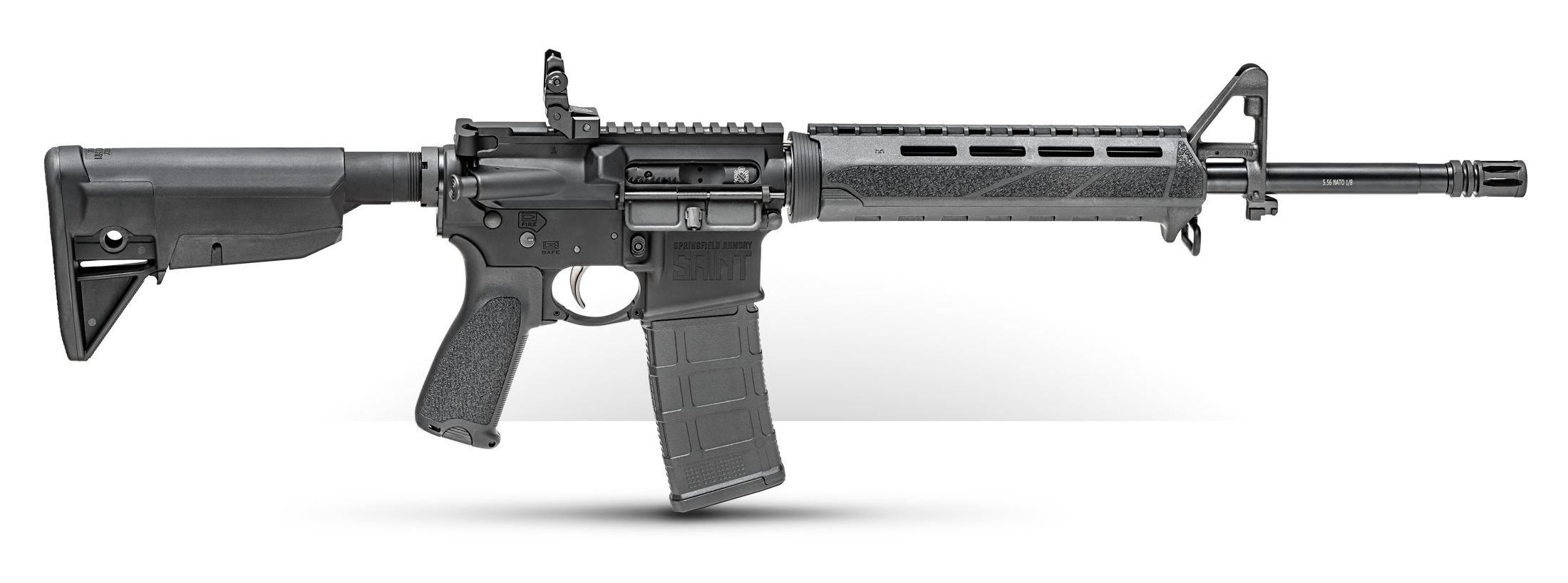At GunSpot, we recently had access to some really unique and interesting Springfield Armory rifles, ranging from offerings from the original facility founded in 1794 all the way through today’s Springfield Armory in Geneseo, Illinois.
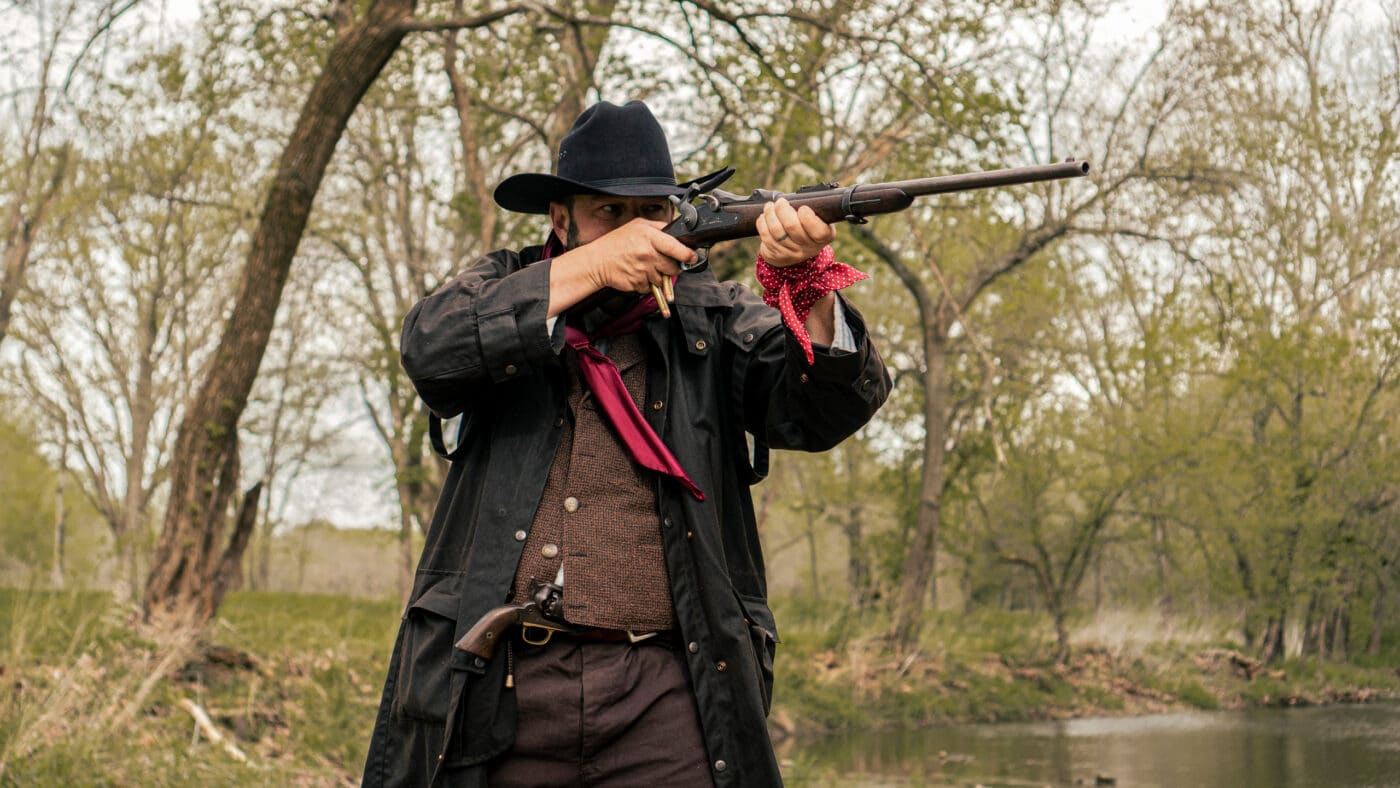
So, we decided to create a walk down memory lane of more than 100 years of Springfield Armory rifles. The rifles covered are primarily service rifles in one form or another used by the United States military, with some later civilian-specific variants thrown into the mix. It was a treat to get to handle and shoot all these rifles and see just how much rifle design has changed in 100 years’ time.
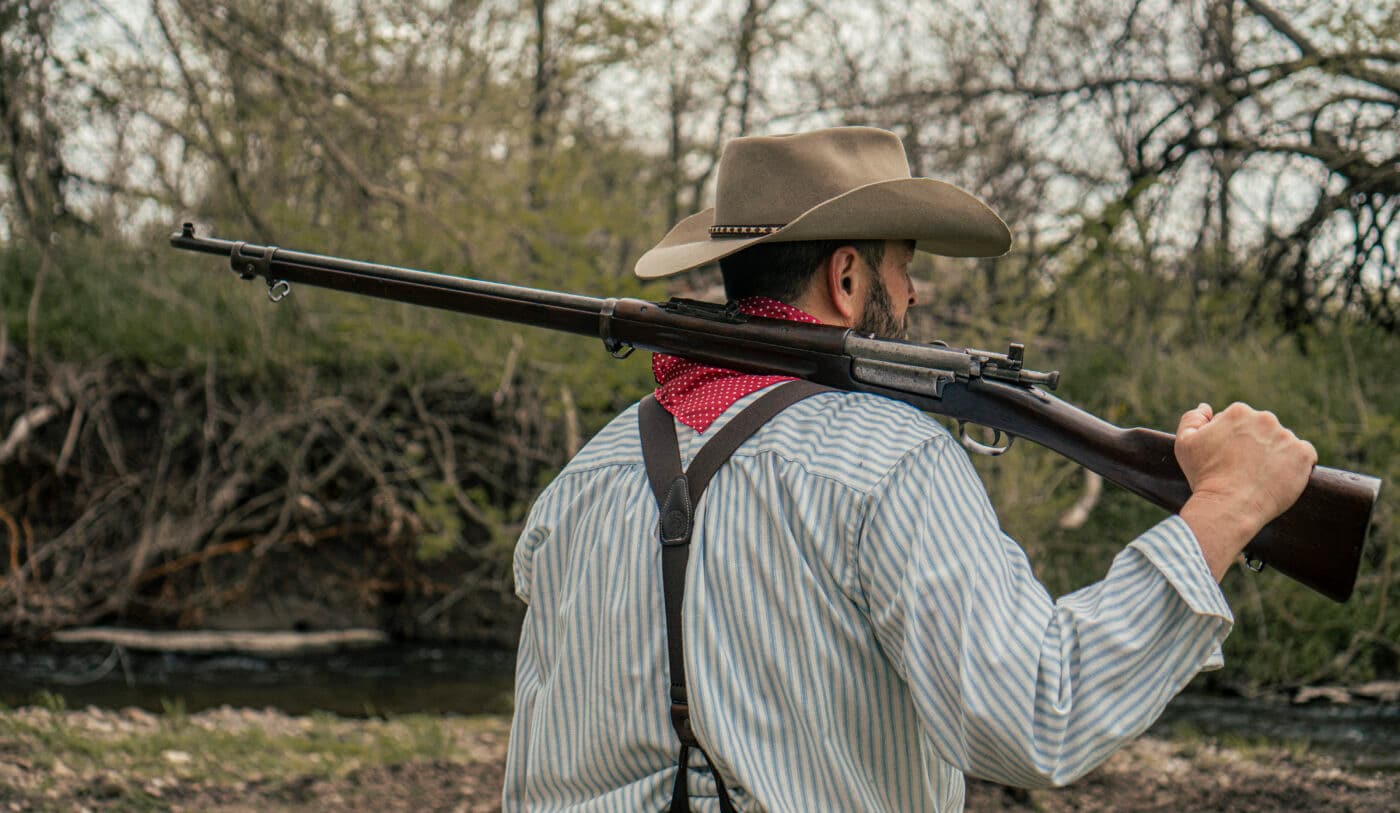
Also, I want to point out that this project would have not been possible without the help of Remington Ammunition. They provided ammo for the more obscure chamberings in this list of guns so that we could demo them for this project.
Now, let us take a stroll through time.
The “Trapdoor”
The year is 1884, and Democratic candidate Grover Cleveland has just been elected as the new president of the United States of America. He would be the first and only U.S. President so to date to serve two non-consecutive terms, being both the 22nd and 24th President. Alaska has become a United States territory, and the cornerstone for the Statue of Liberty is laid on Bedloe’s Island in New York Harbor.
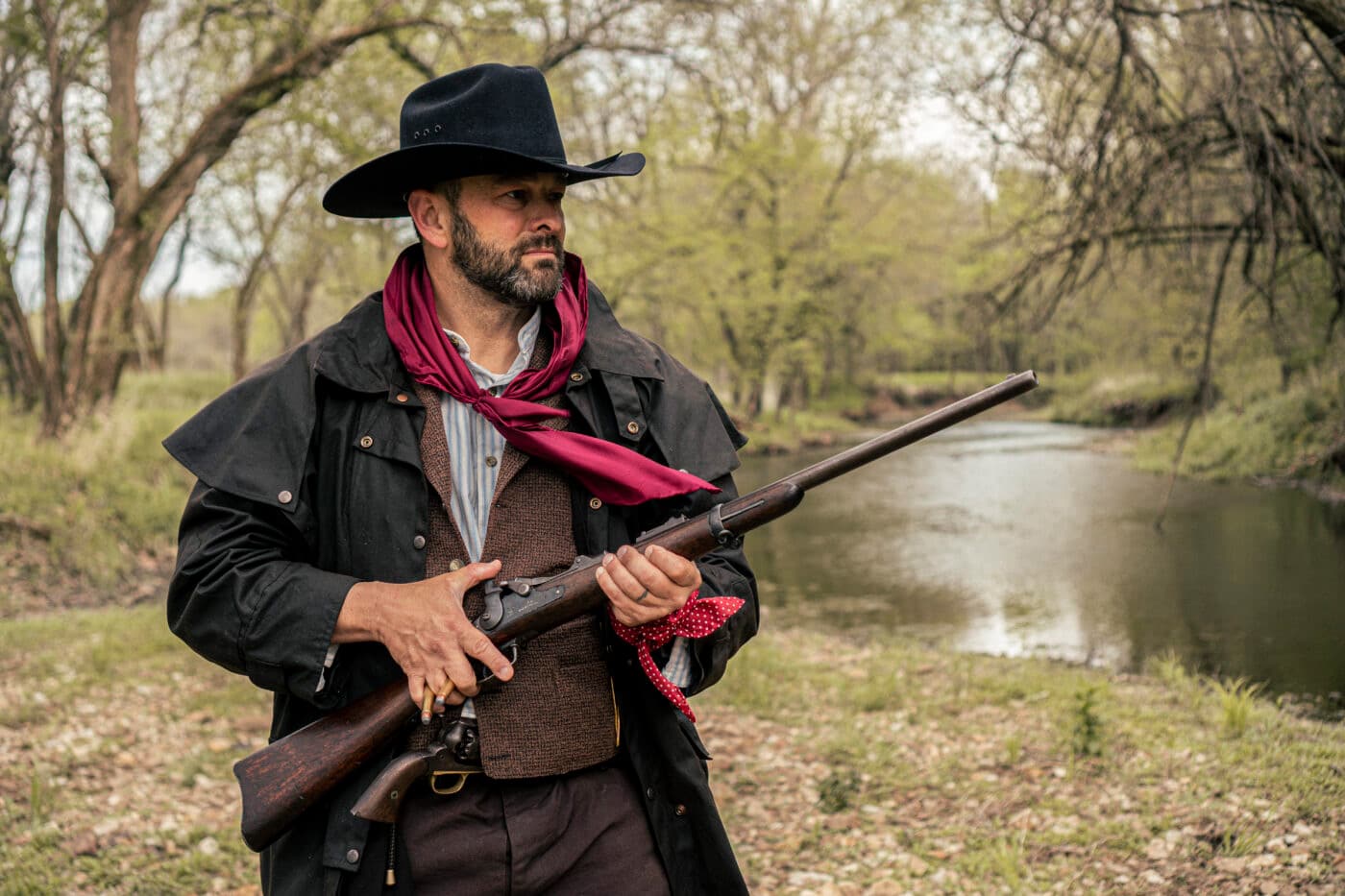
This is also the year the Springfield Model 1884, also known as the “Trapdoor rifle,” came on the scene. The 1884 is based on the earlier Springfield Model 1873 “Trapdoor,” the first standard-issue breechloading rifle adopted by the United States. The “Trapdoor” part of the name it’s now known as comes from its hinged breechblock that operates like a trapdoor. The rifle is a single-shot rifle that allows for loading one cartridge at a time by flipping open the “trap door” and pushing a round in the chamber.
The rifle is a gun from the time of the Old West. No doubt it not only served as an army rifle, but also as a faithful companion to many cowboys on the trail. The gun is chambered in the large .45-70 cartridge. The round itself isn’t known for having an amazing flight path, but back then I have no doubt there was the “bigger is better” philosophy.
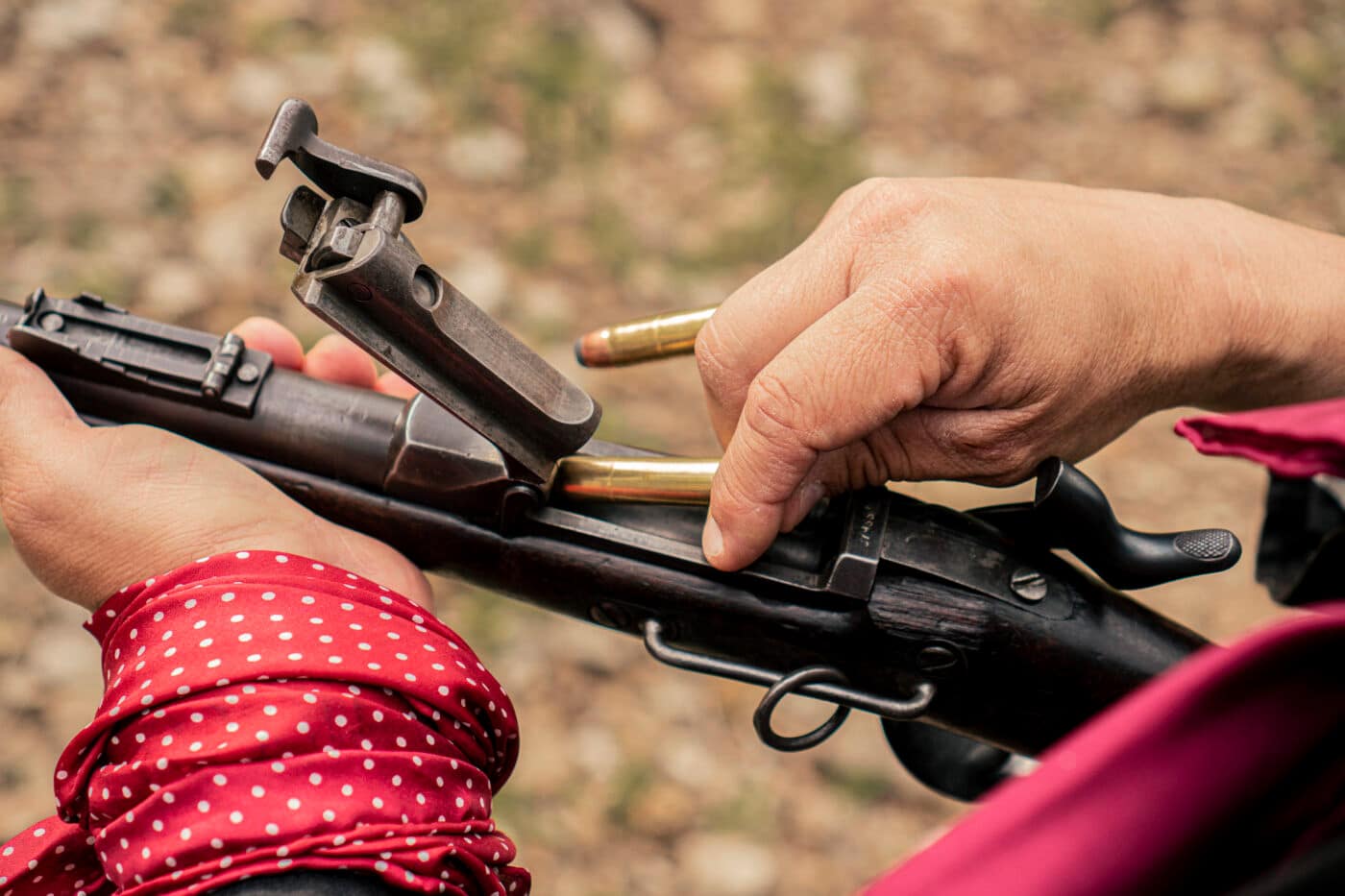
The .30-40 Krag
Fast forward just a bit to 1898. It is still the “cowboy years,” but the Wild West is on its way out. The United States passes a joint resolution on a newly independent Cuba, and a declaration of war is made against Spain, starting the Spanish-American War.
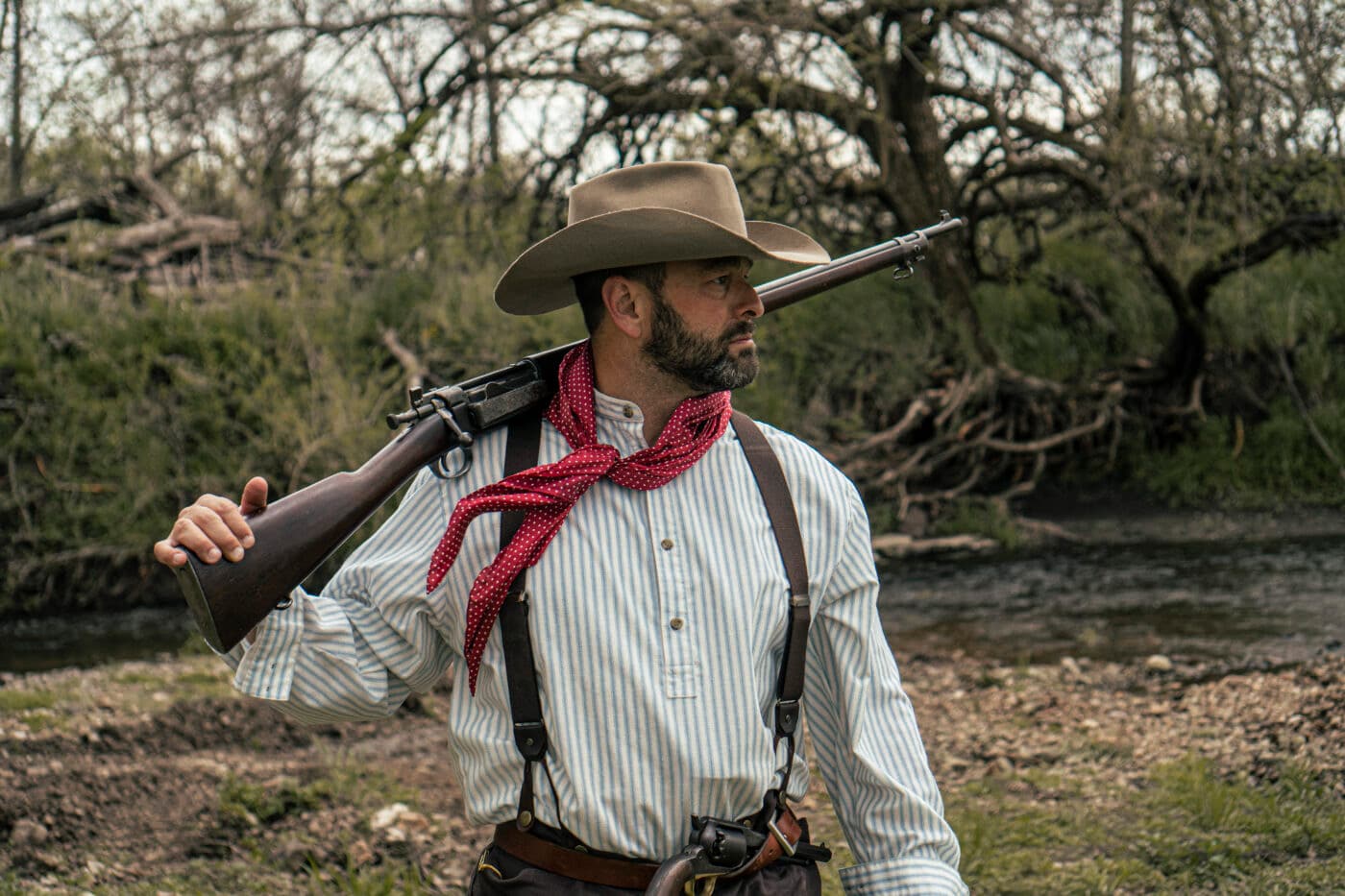
Our next gun to consider came from this time and is called commonly the “Krag”. The Springfield Model 1892-99 was a design by Norwegian designer Krag-Jorgenson. The rifle was chambered in a round designed in the early 1890s, named after its designer, and called the .30-40 Krag. The particular model of the rifle we had on hand was a Model 1898 rifle.
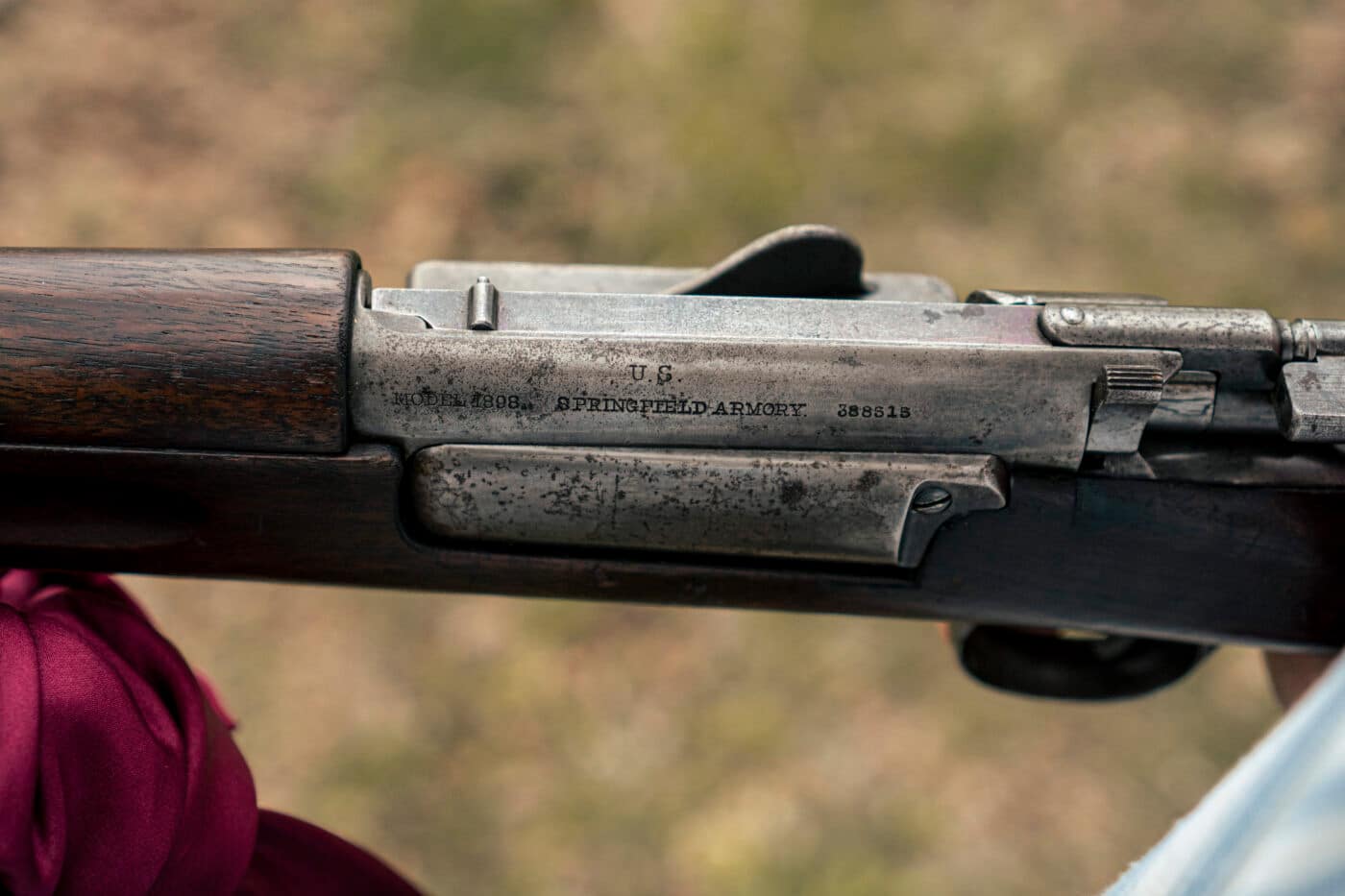
The .30-40 Krag round has noticeably more recoil than the previous .45-70 cartridge. It also has a design with a tapered casing like more modern rifle ammunition. The “Trapdoor” rifle had its limitations, one of the main ones being, of course, that it could only chamber one round at a time. The Krag rifle did have a solution to this problem with its unique side-loading mechanism.
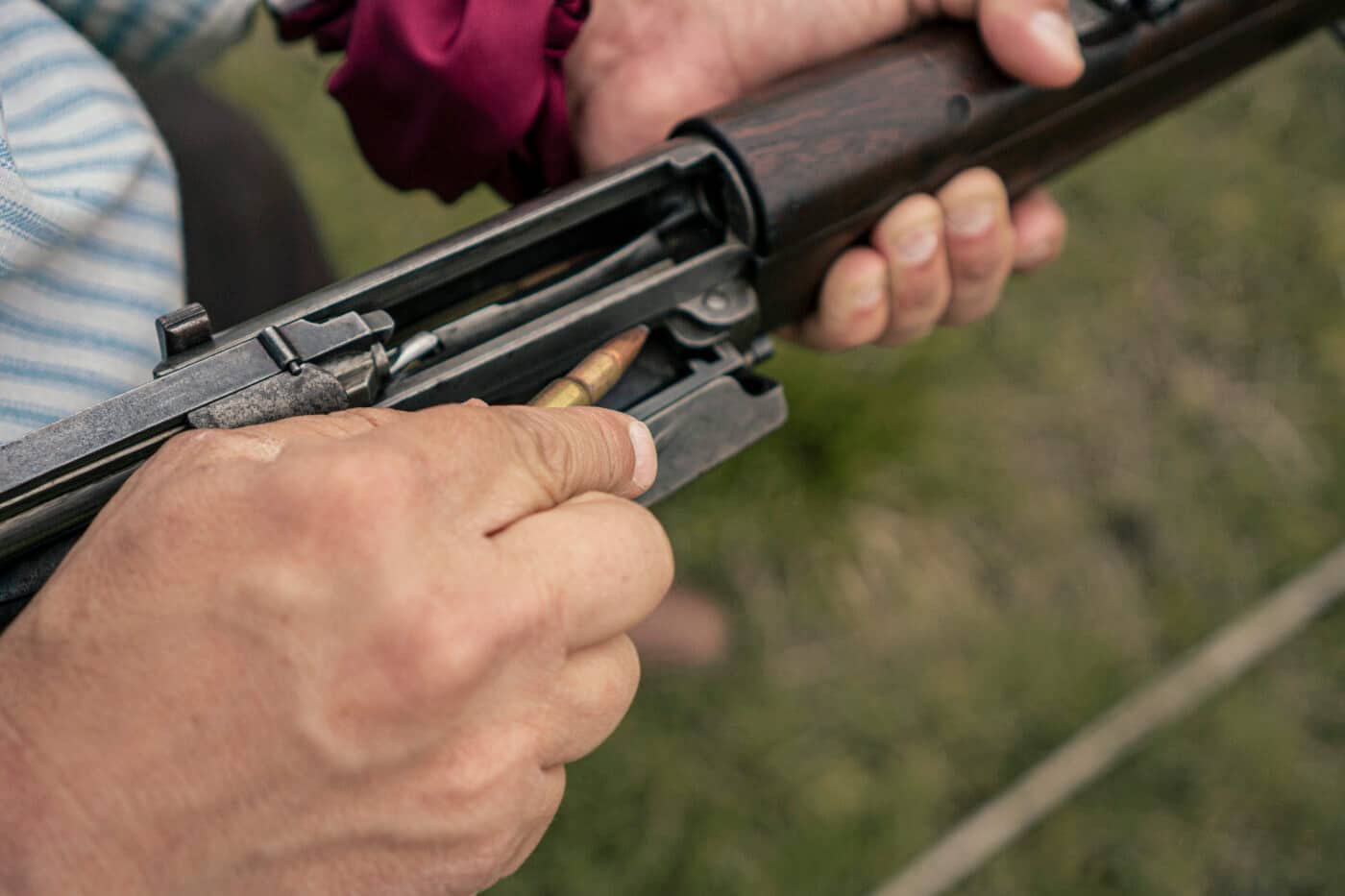
The rifle’s internal rotary magazine could hold five rounds and allow one in the chamber. The rotary magazine also had a magazine cut-off switch that, when activated, would not allow the next round in the magazine to be fed into the gun. The Krag took some big steps to outperform the Trapdoor rifle, but ultimately in the world of war, it still fell short.
The Spanish Mausers used by the enemy on the battlefield could load rounds faster into the magazine than the Krag. The Spanish Mauser was also able to be fed with stripper clips allowing for a magazine to be fully loaded in a fraction of the time. It also fired a more capable round. These issues with the Krag lead us to the year 1903.
M1903
The year is 1903. In just over a decade, the assassination of Austrian Archduke Franz Ferdinand will be a catalyst that leads to a war on a scale the world has never seen. The Great War would last from 1914 to 1918. During that period, more than 30 nations would declare war, eventually including the United States.
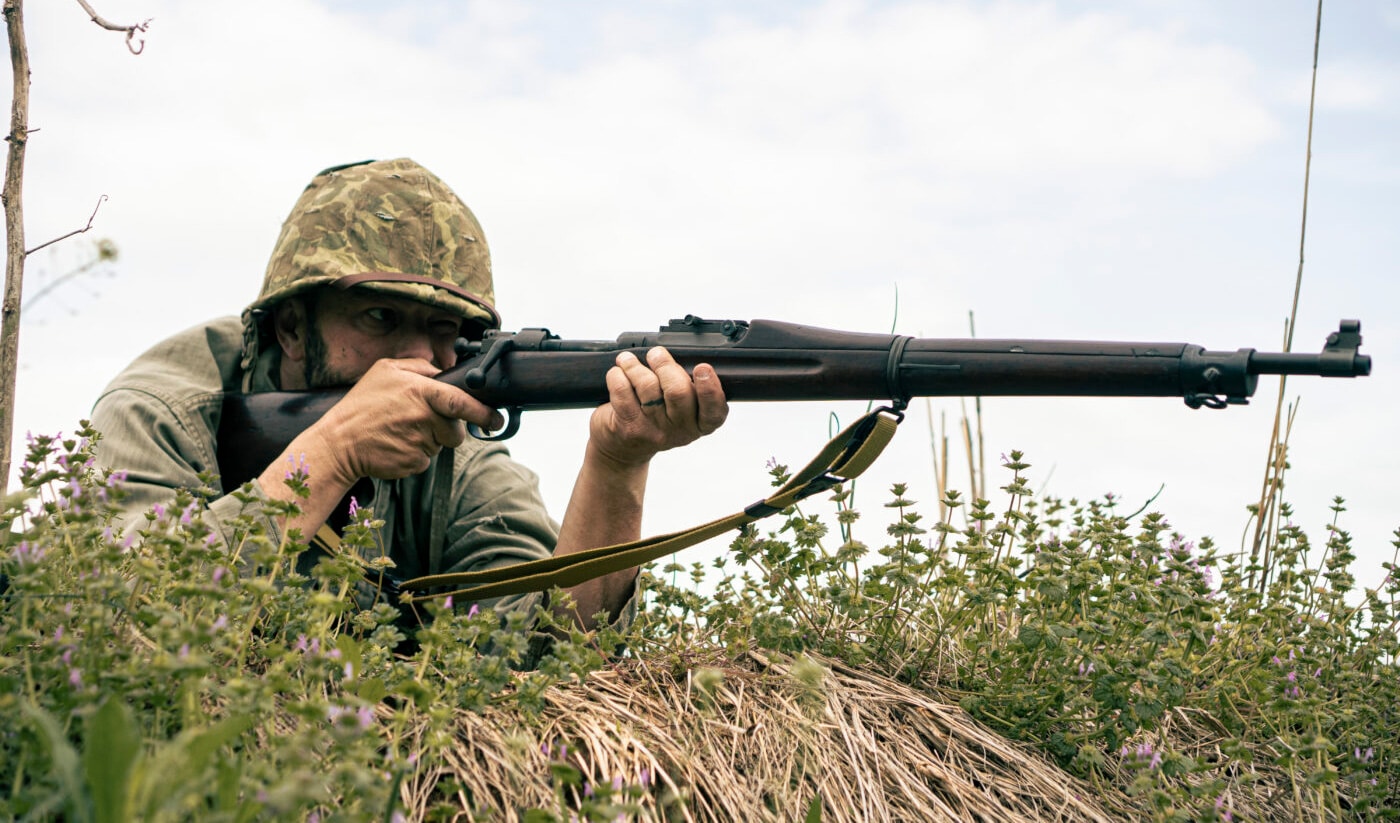
The standard-issue service rifle for America that would be the faithful companion of some soldiers was the M1903. The rifle was officially adopted by the United States as the standard infantry rifle on June 19, 1903. The M1903 was used for many years and was also used in World War II (as the updated and simplified M1903A3)
The M1903 was a bolt-action rifle with a five-round internal magazine. One of the biggest advantages of this design over the Krag was that the gun could be loaded with a stripper clip just like the Spanish-Mauser used by the enemy years earlier. Another big advantage over the Krag was that the M1903 was chambered in .30-06. Developed to address issues with the earlier .30-03 round, the 30-06 was and still is to this day a fast, nail-driving round.
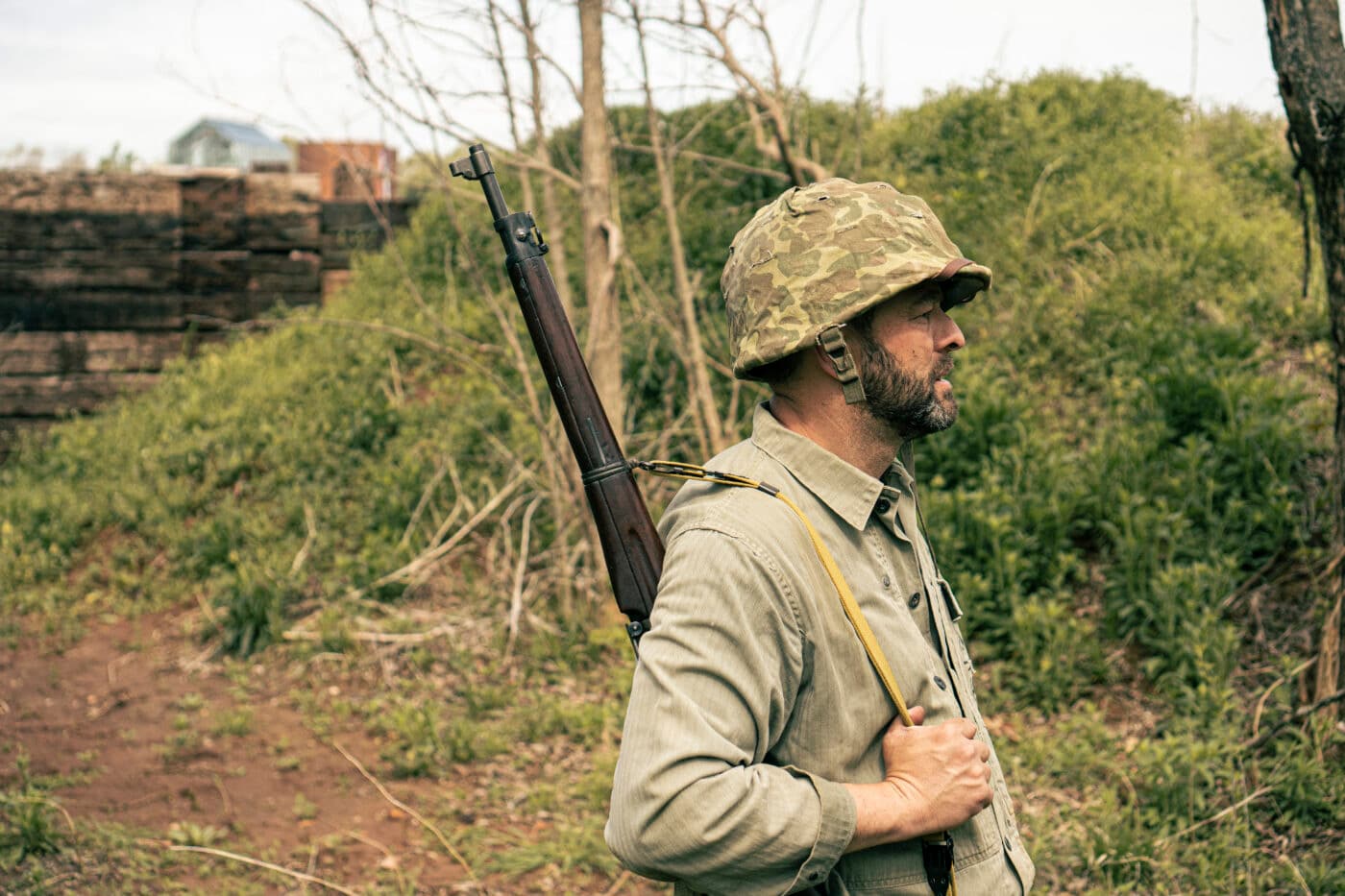
But, all good things come to an end. So did the 1903’s time as the standard rifle; but even better things were on the horizon. The next rifle we are going to discuss would become one of the most famous rifles in American history.
The M1 Garand
In 1936, Franklin Delano Roosevelt was reelected to his second term as President of the United States. In three short years, World War II would begin. This time, more than 50 nations would join the war, and in total there would be an estimated 40 to 50 million lives lost.
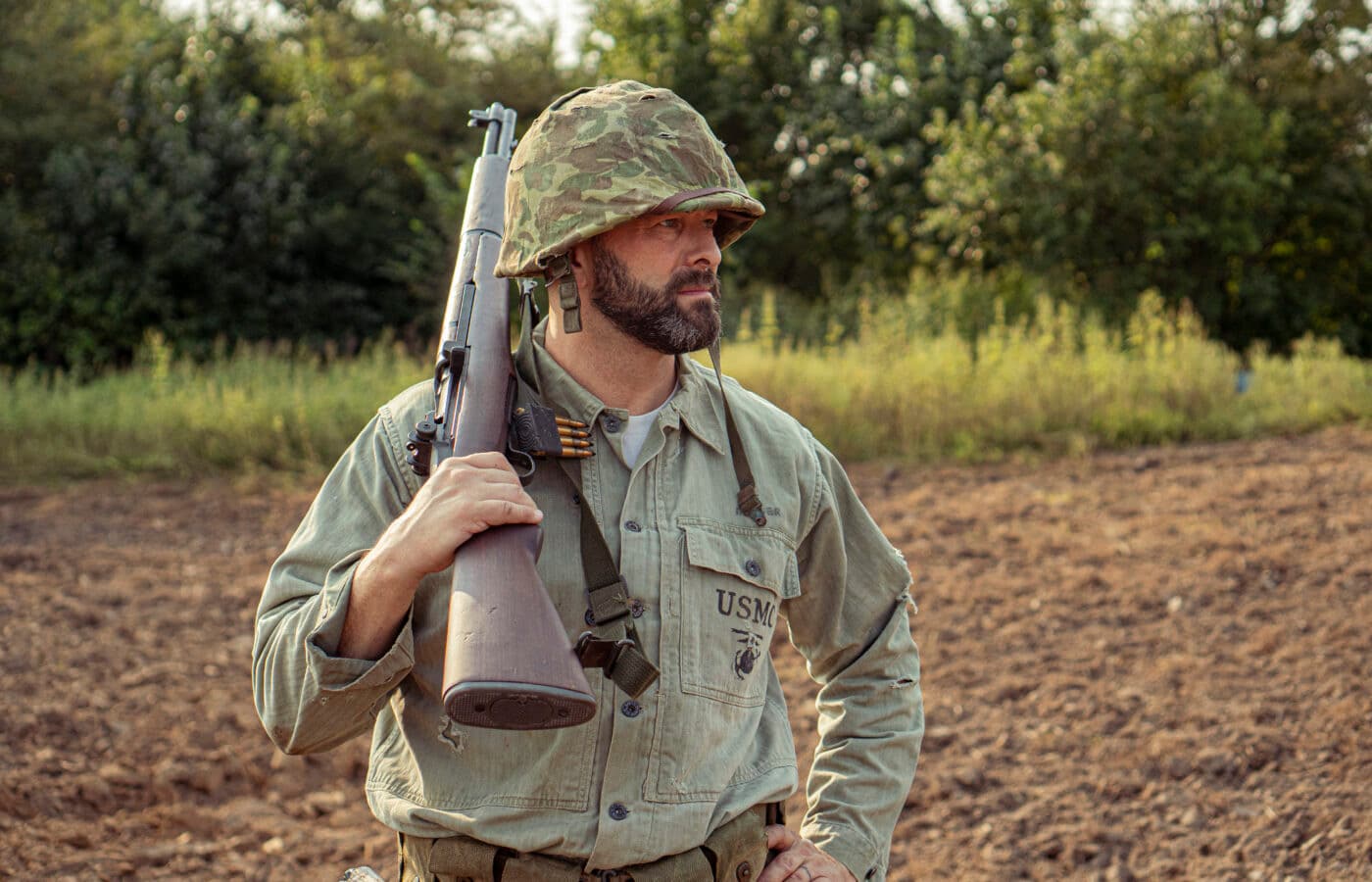
In 1936, the design now known as the M1 Garand was adopted by the United States Military. This was the first autoloading rifle ever to be adopted by the United States. This influential rifle was designed by Canadian-American designer John C. Garand, and the rifle was manufactured by Springfield Armory. However, due to the need for rapid production in an “all hands on deck” environment during the war, the rifle was also produced by a range of other manufacturers.
After World War I, John C. Garand set out to create a semi-automatic self-loading, gas-operated service rifle. This new rifle had to be able to replace the Springfield 1903 rifle. It had to be dependable, reliable, and have quality performance in the worst environmental conditions.
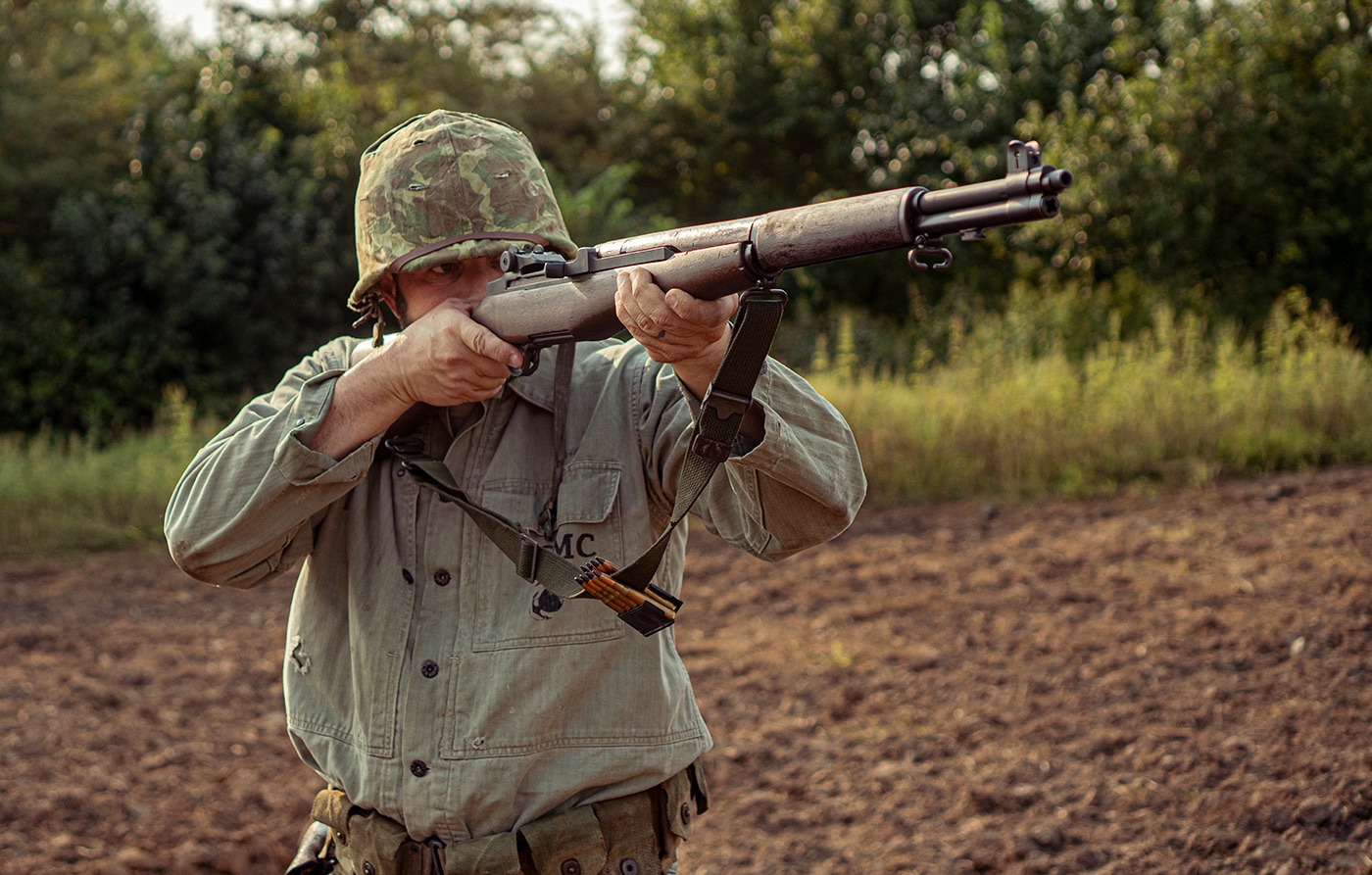
As mentioned it was, of course, a semi-automatic rifle. It loaded with an en-bloc clip that was fed into the gun’s internal magazine. The en-bloc clip would hold eight rounds of .30-06 ammunition, surpassing the capacity of its predecessor, the M1903. When the shooter would fire all the rounds in the gun, the clip would eject from the rifle, creating the now-famous “ping” sound of it bouncing off the receiver.
From there, the user would grab a fully loaded en-bloc clip and insert it into the top of the gun where the bolt was locked open. Upon inserting the loaded clip, the magazine follower would be pressed down far enough that the bolt would ride forward, picking up the first round and placing it in the chamber. All of this could be done by a soldier in a few mere seconds.
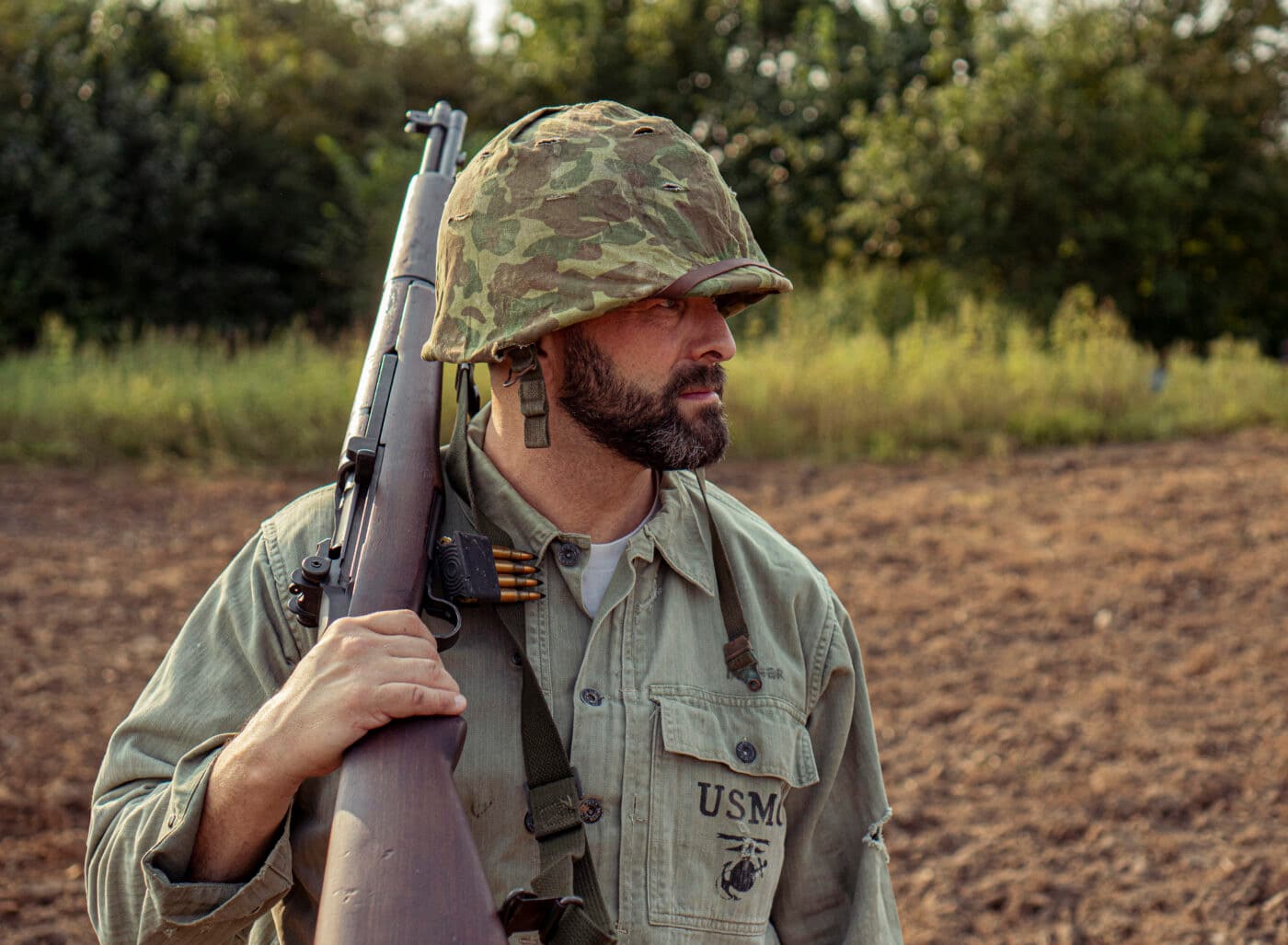
You can’t mention the M1 Garand without talking about the quote from General George S. Patton, so here it is. He said The M1 was “the greatest battle implement ever devised”. No doubt it made its mark and, if you are a red-blooded American, chances are you want one for your gun safe. It was the rifle of the greatest generation and it fought on the largest battlefield the world has ever seen.
The M14
In the late 1950s, the Civil Rights movement led by Dr. Martin Luther King has been going on for several years. The conflict in Vietnam is underway. There was a need for a new rifle as times were rapidly changing, and in 1958 the United States adopts a new service rifle known as the M14, chambered for the new 7.62x51mm (.308 Win. round).
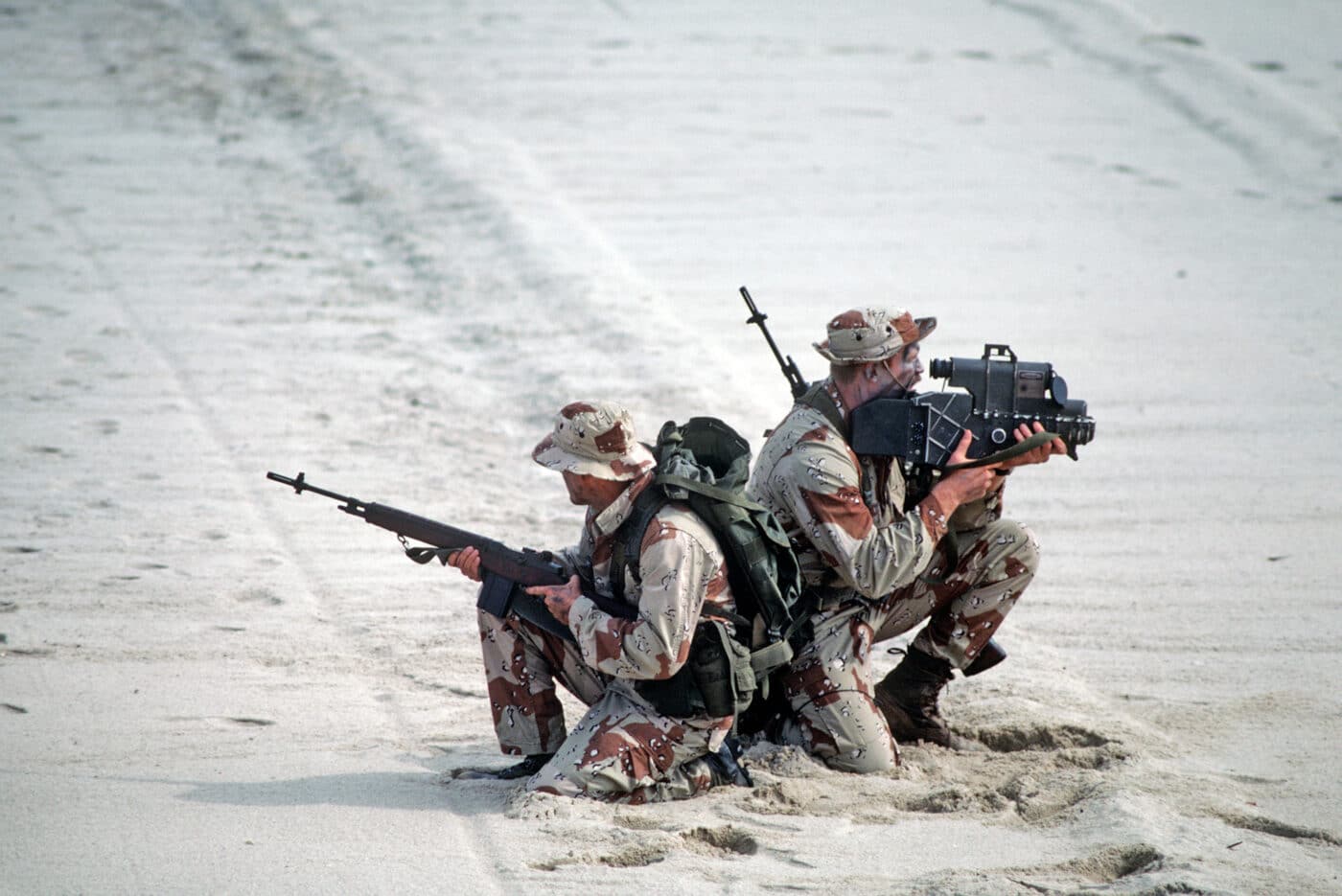
The M14 was clearly influenced by the M1 Garand with the same form factor and many similar parts. But the new M14 rifle had things the new age demanded. For example, it had a 20-round detachable box magazine that could quickly get the gun into action. The M14 was also a selective-fire rifle. The original rifle was only a standard issue for a few years, but different variants of the rifle continued to serve all the way through to more recent conflicts in the Middle East. The rifle is also available in civilian, semi-auto form as the Springfield Armory M1A.
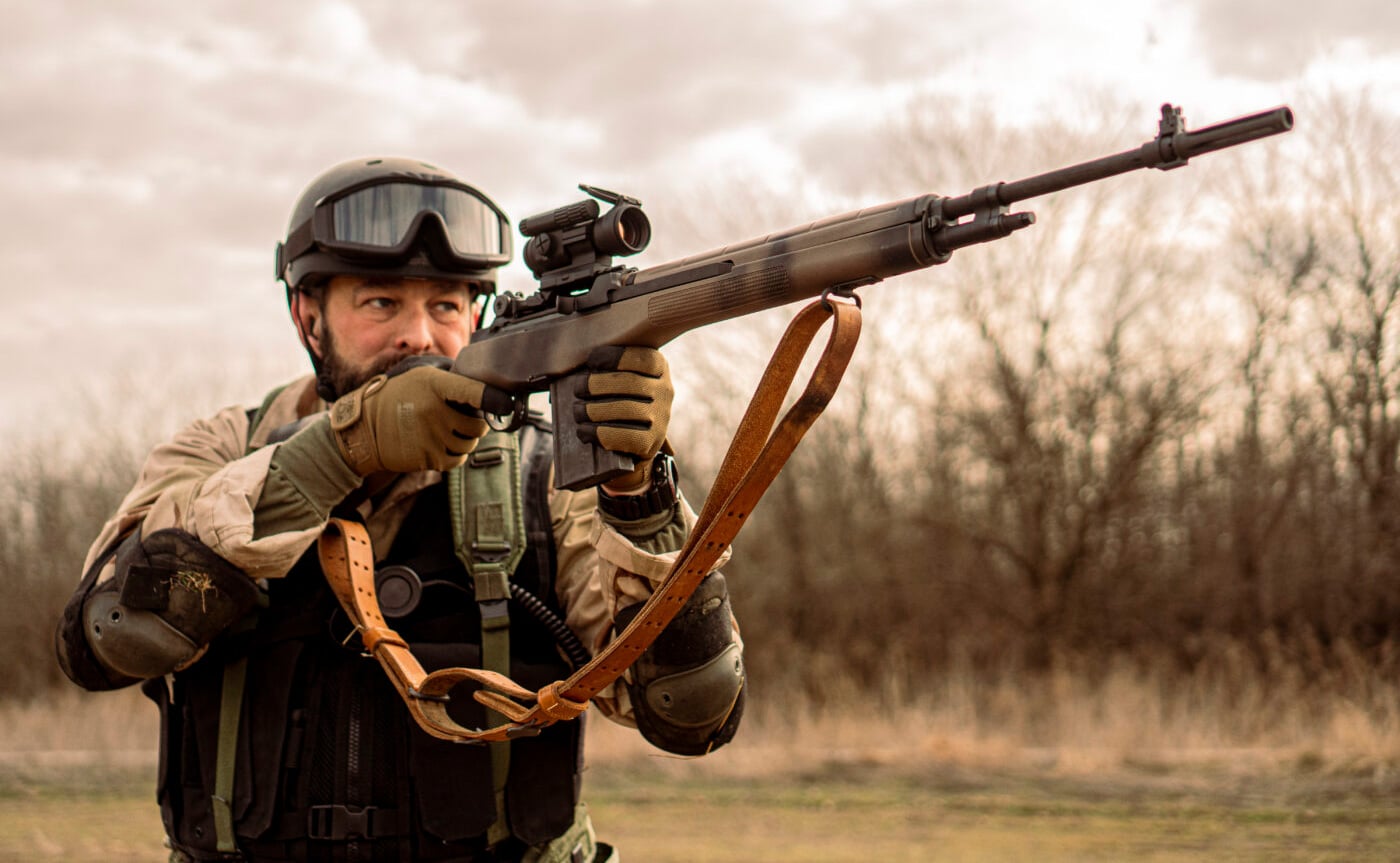
SAINT Rifle
Today, Springfield Armory offers a variant inspired by the U.S. Military’s M16/M4 family of rifles — the AR-15-style SAINT series of semi-automatic rifles. Based on Eugene Stoner’s original design, the SAINT rifles bring us fully into the modern age with the lighter 5.56x45mm (.223) cartridge.
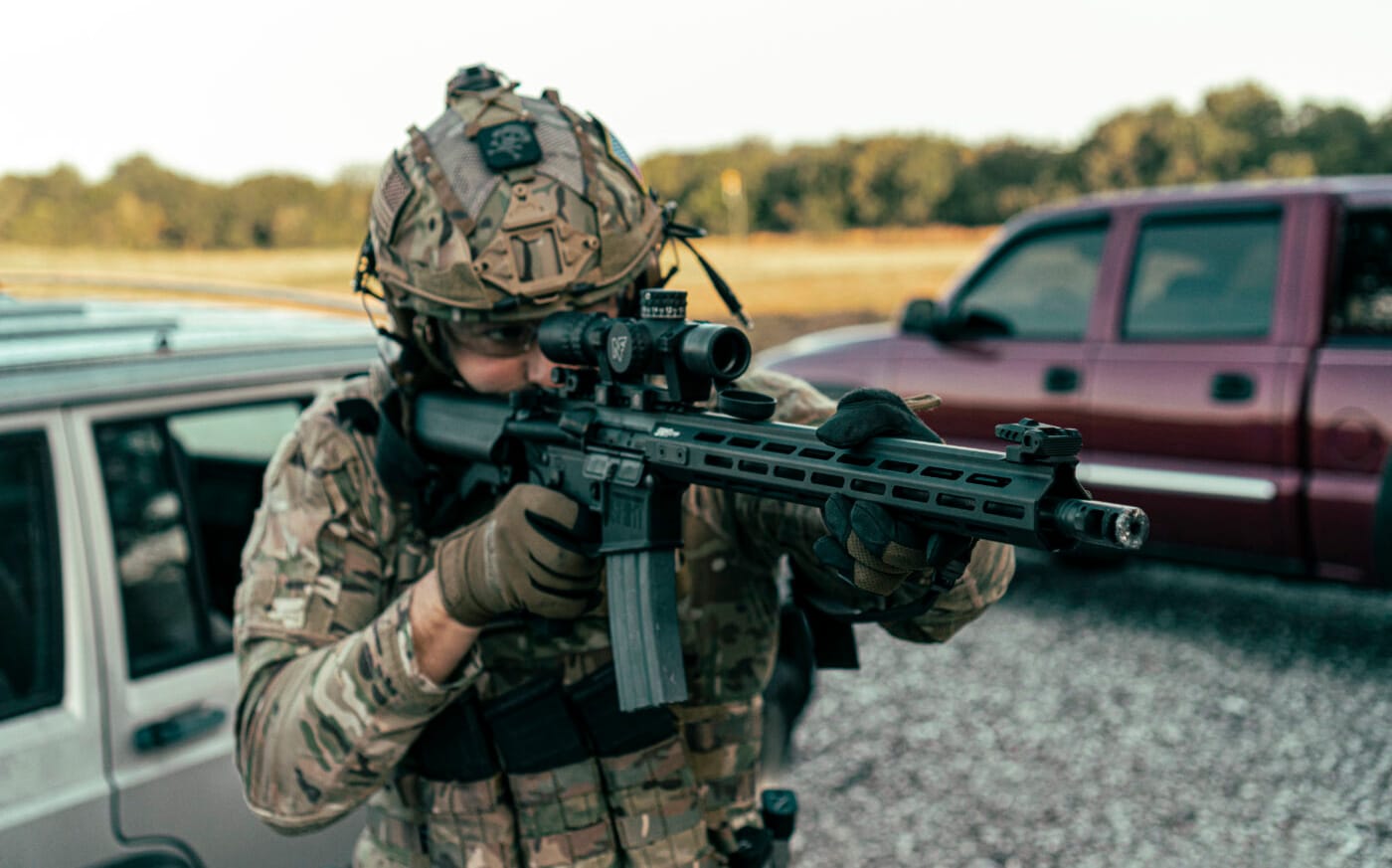
Featuring a direct gas impingement system of operation and a highly modular design, you have a series of rifles that shoot well and kick lightly, and can be configured easily to fit a wide range of tasks and purposes. Their extensive use of aluminum and plastics also makes them very light, yet very hardy.
Conclusion
A lot of things have changed over the last century and beyond. It will be interesting to see what the next century holds. What kind of optic, cartridge, and firearms advancements there will be. Will the things we see as science fiction today be a reality within the next 100 years? Only time will tell.
Editor’s Note: Be sure to check out The Armory Life Forum, where you can comment about our daily articles, as well as just talk guns and gear. Click the “Go To Forum Thread” link below to jump in!
Join the Discussion
Featured in this video
Continue Reading
Did you enjoy this video?

 204
204





